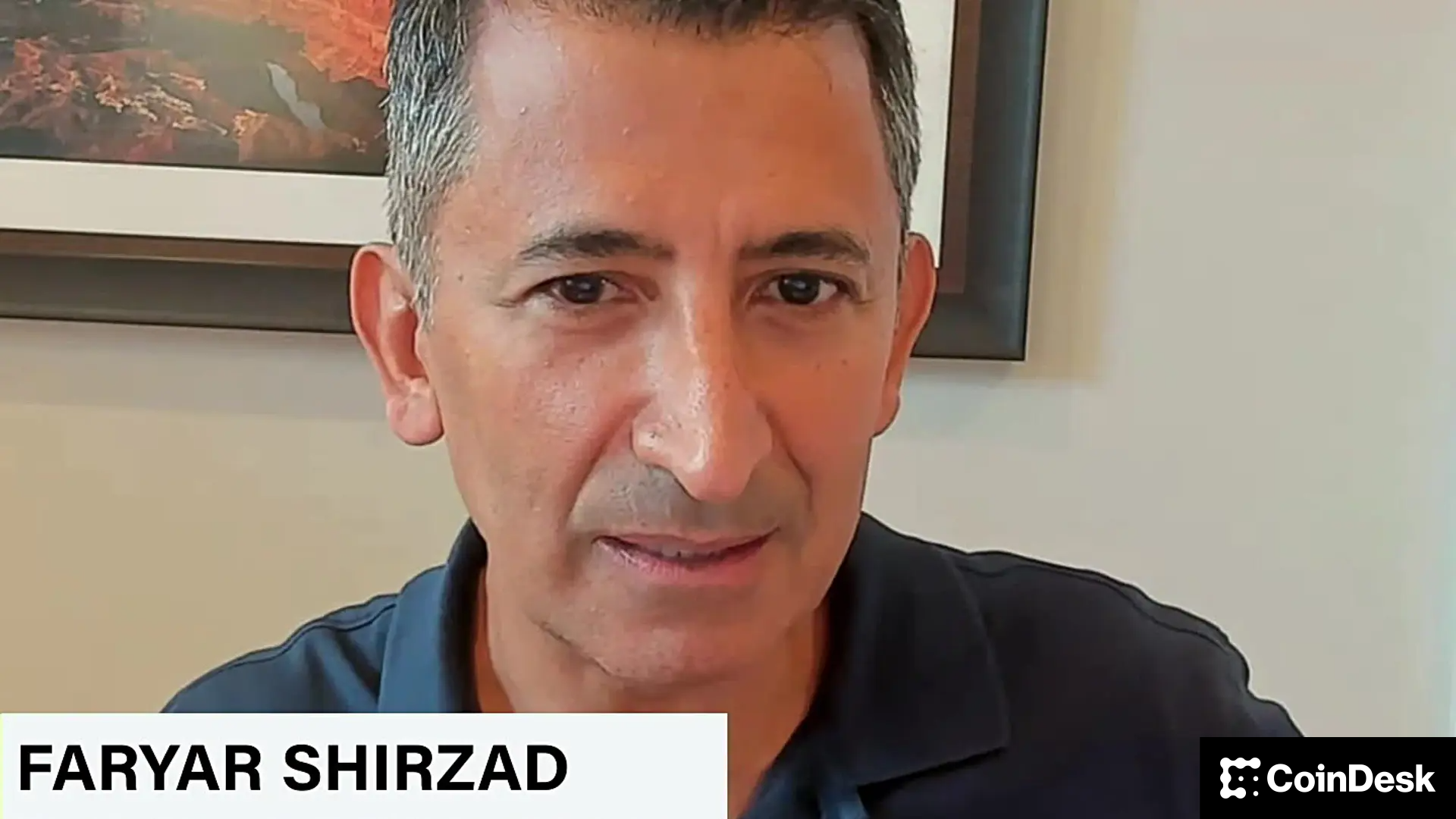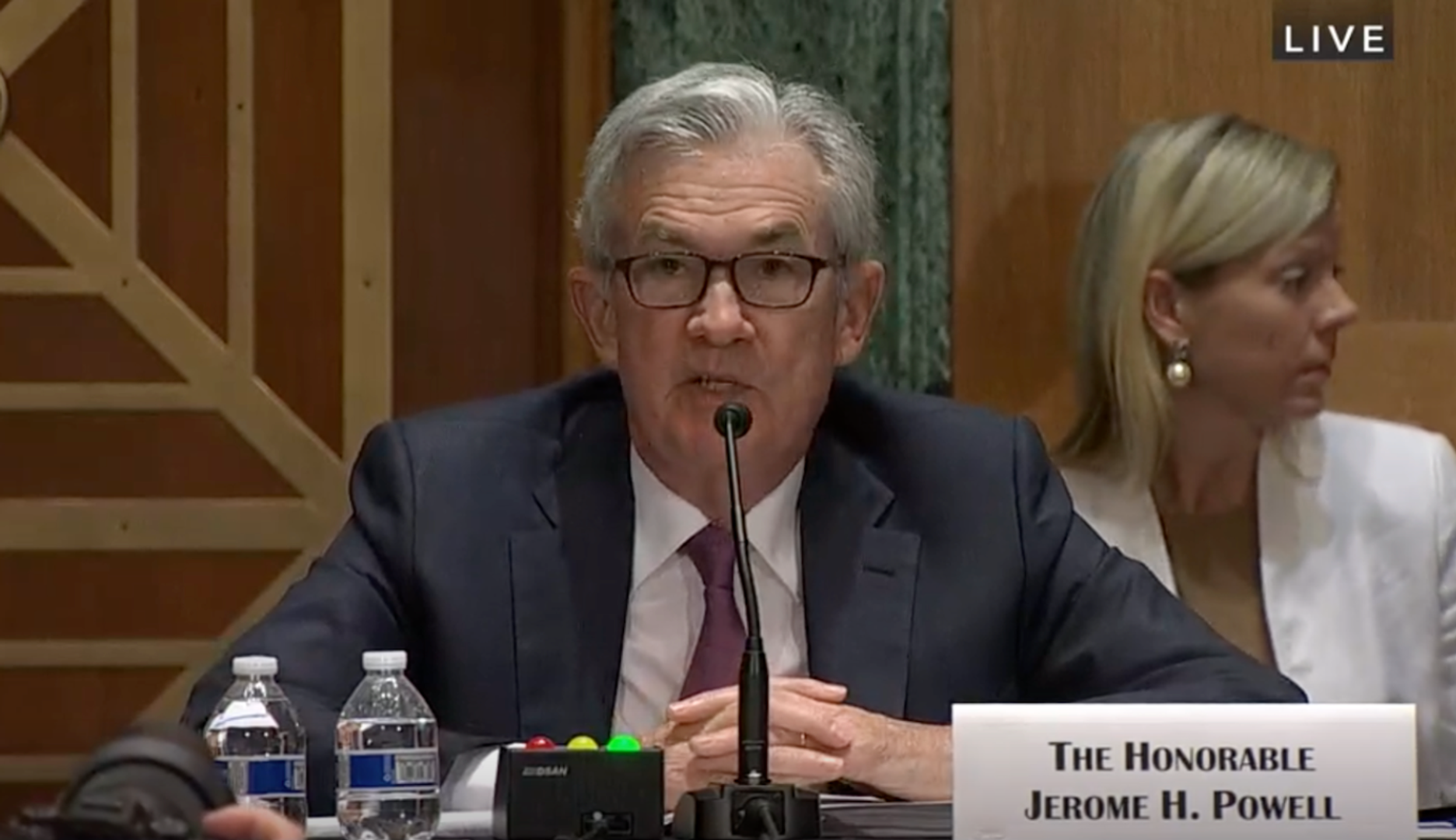Solana’s ecosystem is coalescing around an updated vision its architects call “Internet Capital Markets”—a decentralized, high-performance foundation for the next generation of on-chain financial applications.
While the network has long focused on boosting bandwidth and slashing latency, its latest roadmap dives deep into market microstructure, arguing that the next leap forward lies in giving applications granular control over transaction execution.
The roadmap, which was coauthored from leaders of the Solana Foundation, Anza, Jito Labs, DoubleZero, Drift and Multicoin Capital, centers on Application-Controlled Execution (ACE), which will give smart contracts millisecond-level authority over transaction sequencing.
“In our conversations with teams across the ecosystem, market microstructure is the single most important problem in Solana today,” the authors wrote.
The new roadmap, published on Thursday by Anza, a core contributor to the Solana blockchain, outlines six critical tradeoff dimensions: privacy vs. transparency, speedbumps vs. unfettered trading, inclusion vs. finality vs. latency, colocation vs. geographic decentralization, makers-first vs. takers-first priorities and flexible vs. opinionated architecture.
They argue that rather than enforcing a one-size-fits-all protocol, Solana will focus on building its infrastructure where developers can experiment with these tradeoffs in production.
With that, the network will roll out a series of initiatives across short, medium, and long-term timelines. In the short-term, Jito Labs’ Block Assembly Marketplace (BAM), which the team announced on Monday, is a “transaction processing system that gives Solana validators, traders, and applications powerful new tools to improve performance.” BAM, which will go live at the end of the month, will aim to bring privacy and transparency to on-chain trading, allowing builders to deploy Central Limit Order Books (CLOBs) that compete with centralized exchanges.
Anza is simultaneously “working to improve transaction landing reliability with the goal of making transactions land in the same slot reliably,” the team wrote.
In the medium-term, which the authors define as the next three to nine months, projects like DoubleZero, a custom fiber network designed to reduce latency while increasing bandwidth, and Alpenglow, Solana’s new consensus protocol to shrink block finality from 12.8 seconds to just 150 milliseconds, will go live. Both aim to enhance Solana’s current network.
In the long-term, meaning through the year 2027 and beyond, Solana will aim to implement Multiple Concurrent Leaders (MCL) and ACE to support the most liquid on-chain markets.
These upgrades address the limitations of the “Single Leader Problem,” where one validator controls transaction inclusion, and enables multiple validators to propose transactions simultaneously, mitigating censorship and manipulation. With transactions sorted by priority fees, applications can then define custom execution logic such as cancel prioritization or in-block auctions.
MCL will allow Solana to ingest global market information in real time, enabling smart contracts to react instantly to events from different regions like New York and Tokyo, the blog said. This architecture will form the technical backbone for what the Solana ecosystem believes will be the decentralized, globally synchronized financial system.
“In other words Solana will offer tools for internet capital markets that are unique to decentralized blockchains and cannot be replicated by centralized competitors,” the authors wrote.
Read more: Jito Launches BAM to Reshape Solana’s Blockspace Economy

 1 month ago
95
1 month ago
95








 English (US) ·
English (US) ·